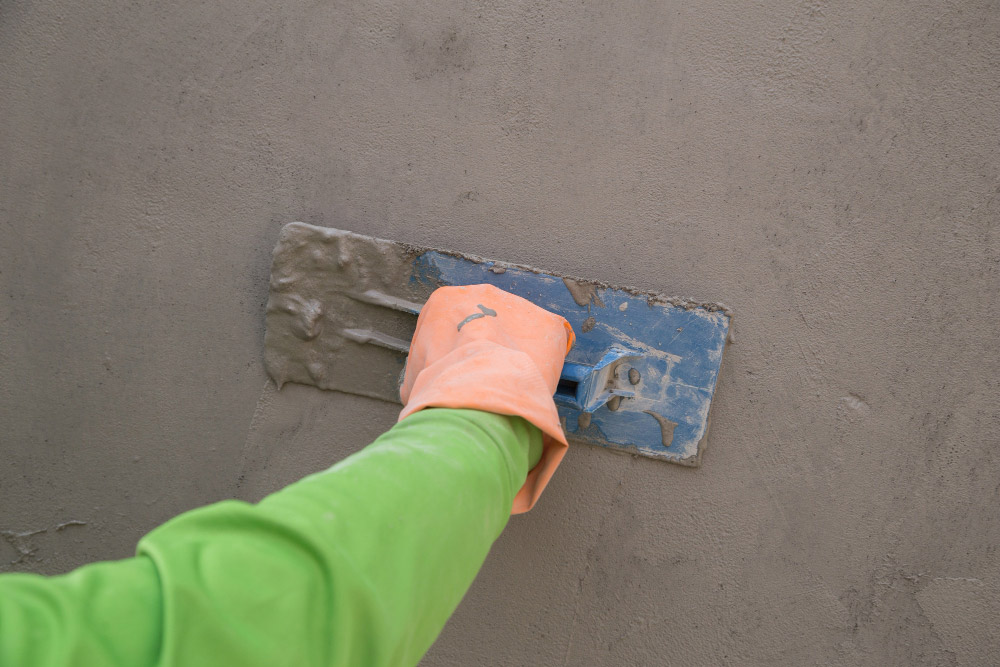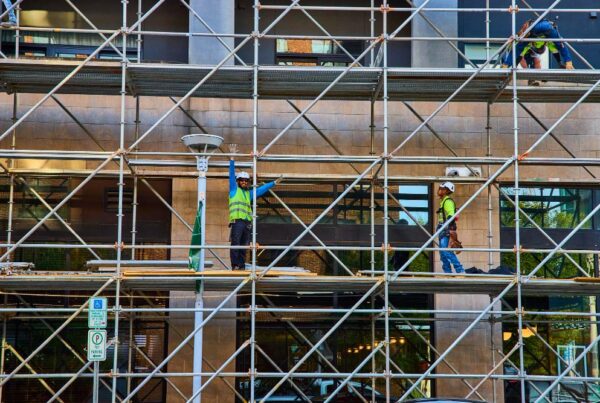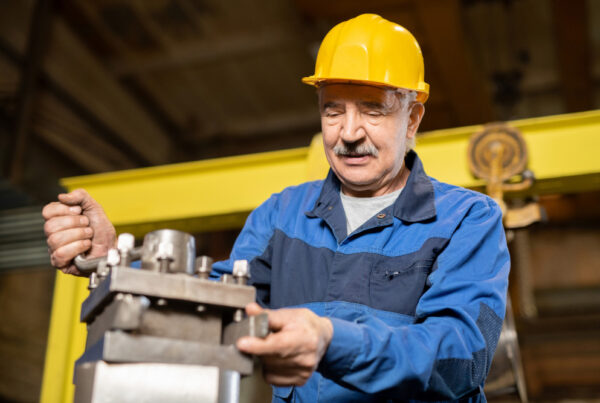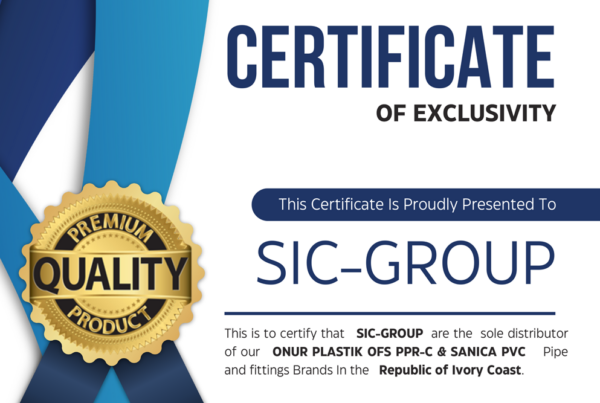Concrete is known for its durability and strength, but like any material, it can deteriorate over time due to exposure to environmental factors, heavy use, and natural wear and tear. Recognizing the signs that your concrete needs repair is essential to prevent further damage and maintain the structural integrity of your property. In this article, we will cover the common signs to look for and why addressing them early can save you time and money.
1. Cracks in the Concrete
Cracks are one of the most common indicators that your concrete needs repair. While small hairline cracks might seem insignificant, they can grow larger over time, allowing water to penetrate the surface and weaken the underlying structure. Cracks can result from freeze-thaw cycles, ground movement, or excessive loads. If you notice any cracks, it’s important to have them assessed by a professional to determine the best course of action.
2. Uneven or Sunken Concrete
Uneven or sunken concrete is another sign that repair is needed. This often occurs due to soil erosion or settling beneath the concrete slab. Uneven surfaces not only pose a tripping hazard but can also lead to further structural issues if left unattended. In cases where the ground beneath the concrete has shifted, lifting or slab jacking may be required to restore the level of the surface.
3. Spalling or Flaking
Spalling refers to the flaking or chipping of the concrete surface. This usually happens when the surface is exposed to moisture and the freeze-thaw cycle, causing the top layer to break off. Spalling weakens the integrity of the concrete and can lead to further deterioration if not repaired. Applying a resurfacing compound or protective coating can help restore and protect the affected area.
4. Discoloration or Stains
Discoloration and stains on concrete surfaces can indicate water damage, mold growth, or chemical exposure. While stains may seem like a cosmetic issue, they can also be a sign of deeper problems within the concrete. For example, water stains could point to poor drainage or moisture infiltration, which could weaken the structure over time. It’s important to address discoloration and investigate its cause to prevent further damage.
5. Pooling Water or Poor Drainage
If you notice water pooling on the surface of your concrete, it may indicate poor drainage or slight sinking of the concrete. Water that doesn’t properly drain can lead to cracks, spalling, and even mold growth, especially in areas like driveways, patios, or walkways. Correcting drainage issues or leveling the concrete can help prevent these problems.
6. Exposed Rebar or Reinforcement
If you see exposed rebar or reinforcement in your concrete, it’s a clear sign that the concrete is deteriorating. As the concrete wears away or cracks, it may expose the rebar inside, leading to rusting and weakening of the overall structure. Repairing the concrete and covering exposed rebar is crucial to maintaining the structural integrity of the concrete.
7. Excessive Dusting
Dusting occurs when the surface of the concrete wears down, leaving behind a fine powder. This can happen if the concrete was not properly finished or cured. Excessive dusting is a sign that the surface is weakening and requires repair or resurfacing. Applying a sealer or resurfacing the concrete can help resolve this issue and extend the life of your concrete.
8. Pitting or Small Holes
Pitting refers to small holes or indentations in the surface of the concrete. This can be caused by freeze-thaw cycles, chemical exposure, or simply wear and tear over time. Pitting can worsen if left untreated, leading to larger holes or cracks. Filling the pits and applying a protective coating can help restore the surface and prevent further damage.
Why It’s Important to Address These Signs Early
Addressing the signs of concrete damage early is essential for several reasons:
- Prevent Further Deterioration: Small cracks and surface damage can quickly worsen if not addressed, leading to more extensive and costly repairs down the line.
- Maintain Structural Integrity: Concrete plays a crucial role in the stability of many structures. Ignoring signs of damage can compromise the integrity of your building or property.
- Ensure Safety: Uneven or damaged concrete surfaces can pose safety hazards, increasing the risk of trips, falls, and injuries.
- Improve Aesthetics: Timely repairs can help maintain the appearance of your property, keeping it looking clean and well-maintained.
- Save Money: Early intervention can help you avoid more costly repairs or replacements in the future, preserving the value of your property.
Conclusion
Recognizing the signs that your concrete needs repair is the first step toward protecting your property and avoiding costly repairs. By addressing issues like cracks, spalling, and uneven surfaces early, you can maintain the structural integrity, safety, and aesthetics of your property. If you notice any of these signs, it’s best to consult a professional to assess the extent of the damage and recommend the appropriate repair solutions.



